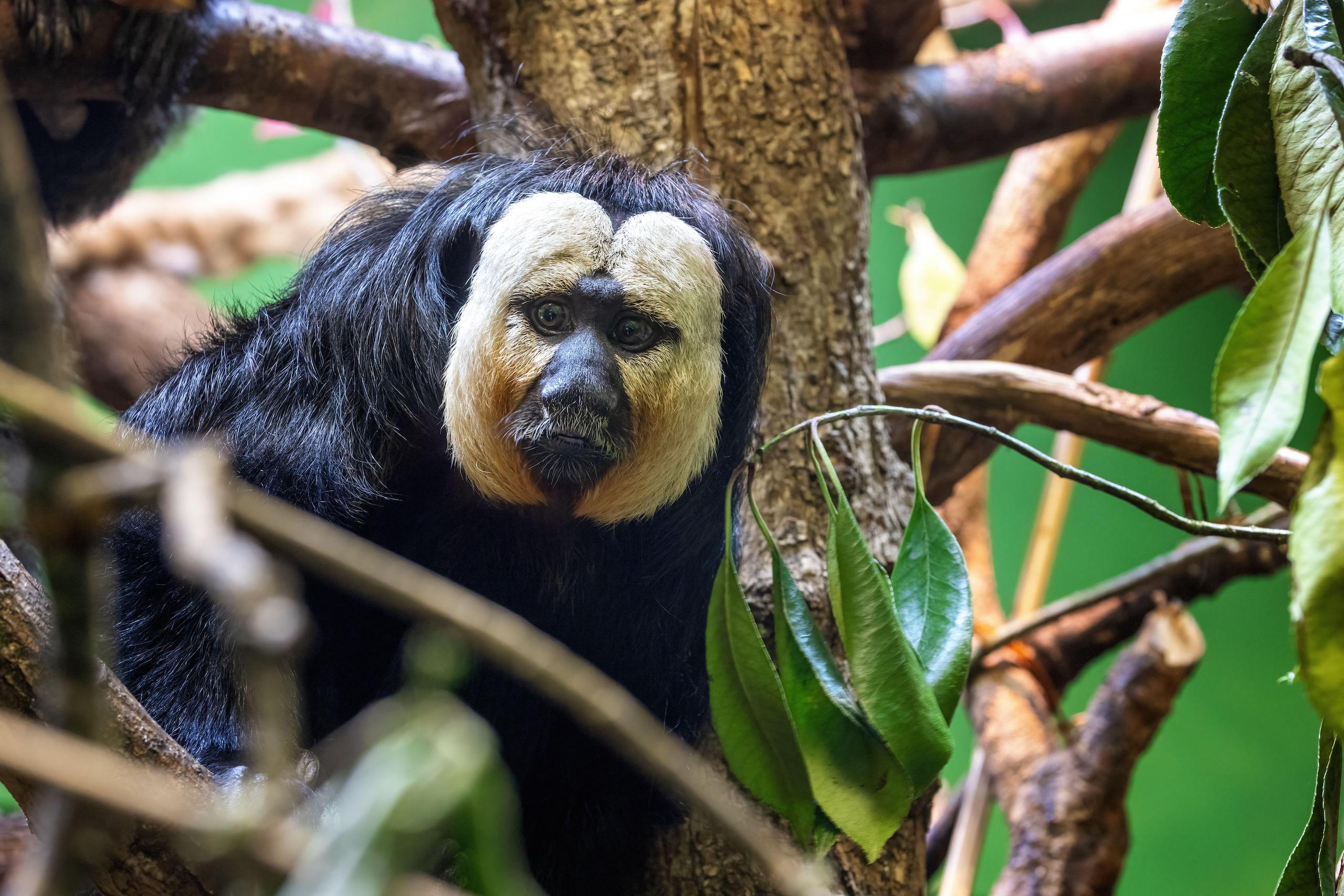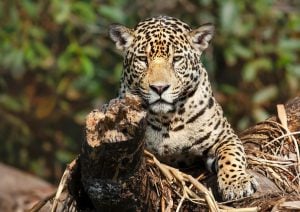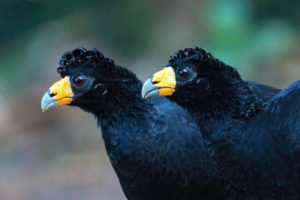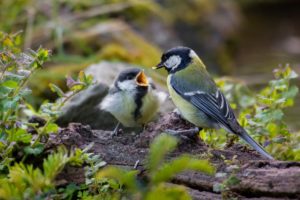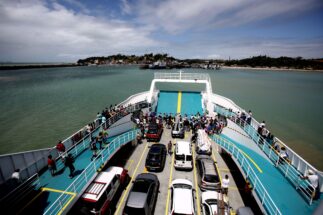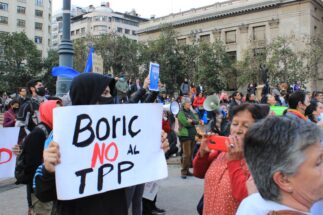Wildlife populations have declined globally by 69% on average since 1970, according to the latest assessment by scientists at WWF. While the biggest threat to nature is land use change, which destroys or fragments the habitats of many plant and animal species, the report warns that climate change is likely to become the dominant cause of biodiversity loss in the coming decades.
69%
Average decline in wildlife population sizes in the last half century
The latest edition of the Living Planet report is the most comprehensive in its 24-year history, the NGO said. It is based on data from the Zoological Society of London’s Living Planet Index, which analyses almost 32,000 populations of 5,230 species. More than 838 new species and just over 11,000 new populations have been added since the previous report in 2020.
A collaboration with scientists in Brazil to obtain data from journals written in Portuguese has resulted in 575 species being added to its database for the country, which was previously underrepresented in the report.
Amazon tipping point
Latin America and the Caribbean region are of particular concern to WWF. Wildlife population sizes have plummeted by 94% on average since 1970, outstripping the trend in all other regions globally. Species in catastrophic decline include the Amazon pink river dolphin, which saw its population in the Mamirauá Sustainable Development Reserve in the Brazilian state of Amazonas fall by 65% between 1994 and 2016.
Speaking at a press launch of the report, Mike Barrett, executive director of science and conservation at WWF-UK, stressed the importance of the Amazon, not only as a key ecosystem for biodiversity but also to achieving global climate change targets through the ability of the rainforest to sequester carbon.
“The Intergovernmental Panel on Climate Change is very clear that we need a functioning Amazon rainforest if we are to have any hope of temperature rise remaining within 1.5C,” he said. The panel for the Amazon at Science has warned that the rainforest will cease to function and will convert to a dry grass environment once the loss of the rainforest reaches 20-25%, he said. Currently, some 17% of the original extent of the forest has been lost, while a further 17% is degraded.
Deforestation rates in the Amazon are accelerating, with Brazilian government data showing a loss of 32,000 square kilometres – an area the size of Belgium – in the past three years. Data for this year show the highest rates of deforestation ever, he added. If the rate of loss continues, the tipping point could be reached within the next ten years, an “extraordinarily sobering” thought, he pointed out.
There’s a feeling of ‘now or never’ in BrazilMauricio Voivodic, chief executive of WWF-Brazil
Barrett, who has worked in the Amazon for 35 years, expressed personal horror at the rate of destruction. “I started in the late 1980s, and if at that time anybody had explained to me that we could actually lose the Amazon rainforest within my lifetime, I would have found that utterly inconceivable.”
Presidential elections are underway in Brazil, which could determine the fate of the Amazon. The incumbent, Jair Bolsonaro, wants to increase the conversion of the rainforest into farmland. Even if he loses, his replacement will not take over officially until January, after the UN biodiversity summit COP15 has finished, noted Mauricio Voivodic, chief executive of WWF-Brazil.
The election is behind this year’s accelerated deforestation rates in Brazil’s Amazon and the tropical savannah region of the Cerrado, according to Voivodic. “There’s a feeling of ‘now or never’ in Brazil. Those who are doing these illegal activities that cause deforestation fear that if the government changes, there might be more law enforcement. So they’re going faster now, to set fire to the forest and convert it to ensure that they have enough land.”
Markets for food and products that drive deforestation need to be closed down, said Barrett, as well as the investment that pays for it. The finance could instead be used to pay for the transition to sustainable agricultural production, for example, by repurposing the tens of millions of hectares of abandoned land in the Cerrado for farming.
“At the moment, it is much easier to find an investor who will help pay for you to cut down the forest so you can sell something than it is to find an investor to help you make that transition,” he said.
Freshwater decline
The report also contains more data on freshwater species populations than in previous iterations. Freshwater mammal, bird, amphibian, reptile and fish species have seen the greatest overall global average decline, at 83%. One of the major causes of this trend cited by the report is the decline in connectivity of habitats: just 37% of rivers longer than 1,000km remain free-flowing over their entire length.
Barriers to migratory routes such as dams and reservoirs account for half the threat to populations of freshwater migratory fish, populations of which have suffered an average decline of 76% between 1970 and 2016, the report states.
Montreal call
WWF is calling on world leaders meeting at the COP15 talks in December to act urgently. Targets to reverse biodiversity loss need to be stronger and include the Living Planet Index as an indicator to hold governments accountable.
The headline target being discussed at the talks, which are being held in Montreal, Canada, but hosted by China, is to protect 30% of land and ocean for nature. However, WWF stressed that what happens in the other 70% is also crucial.
“My biggest concern with COP15 is that the safe operating space that governments have been in for so long is just doing deals around cash for conservation. Conservation has a role to play in the solutions here, but on its own it’s never going to be anywhere near enough to deal with the systemic challenges we see,” he said.
Any deal that does not tackle these, particularly around how we produce and consume food, will not have the necessary results, he said.
Campaigners are concerned that world leaders are yet to be invited to COP15. “We would never have got the Paris Climate Agreement without heads of state and government in the room. This is nature’s equivalent,” said Enric Sala, explorer-in-residence at the National Geographic Society.
A spokesperson for the UN Convention on Biological Diversity, under which the talks will be held, said: “It is clear that the engagement of heads of state and leaders in the discussion is a very important part of achieving an ambitious and transformative post-2020 Global Biodiversity Framework. This engagement can take many forms, of which a heads of state event held at COP15 is but one. We have seen heads of state and government engaged in events at the margins of the UNGA, and in other fora.”
They added: “It is clear that leaders should be engaged even now, at national level, and in bilateral and multilateral discussions, including with their negotiating teams, to secure the compromises and consensus needed for an agreement at COP15.”
Barrett stressed that the need for meaningful action was no longer urgent, but immediate. There will be a lag – perhaps of several years – between any deal made at Montreal and the results on the ground.
“I’ve been involved in the production of five Living Planet reports. Each time, we set out what the solutions are, we explain the urgency of action. Frankly, I’ve had enough of that now, we’ve kicked the can as far down the road as we possibly can.
“We are on the brink: if this ten-year plan doesn’t work, there won’t be another ten-year plan. This is for our current leaders, current governments, current CEOs to act, and act now.”
